CHEMICAL IDENTIFICATION
-
RTECS NUMBER :
-
QL6200000
-
CHEMICAL NAME :
-
1H-Naphtho(2,1-b)pyran-1-one, 3-phenyl-
-
CAS REGISTRY NUMBER :
-
6051-87-2
-
BEILSTEIN REFERENCE NO. :
-
0018991
-
LAST UPDATED :
-
199612
-
DATA ITEMS CITED :
-
5
-
MOLECULAR FORMULA :
-
C19-H12-O2
-
MOLECULAR WEIGHT :
-
272.31
-
WISWESSER LINE NOTATION :
-
T B666 CV FOJ ER
HEALTH HAZARD DATA
ACUTE TOXICITY DATA
-
TYPE OF TEST :
-
LD50 - Lethal dose, 50 percent kill
-
ROUTE OF EXPOSURE :
-
Intravenous
-
SPECIES OBSERVED :
-
Rodent - mouse
-
DOSE/DURATION :
-
180 mg/kg
-
TOXIC EFFECTS :
-
Details of toxic effects not reported other than lethal dose value
-
REFERENCE :
-
CSLNX* U.S. Army Armament Research & Development Command, Chemical Systems Laboratory, NIOSH Exchange Chemicals. (Aberdeen Proving Ground, MD 21010) Volume(issue)/page/year: NX#03239 ** OTHER MULTIPLE DOSE TOXICITY DATA **
-
TYPE OF TEST :
-
TDLo - Lowest published toxic dose
-
ROUTE OF EXPOSURE :
-
Intraperitoneal
-
SPECIES OBSERVED :
-
Rodent - rat
-
DOSE/DURATION :
-
450 mg/kg/3D-I
-
TOXIC EFFECTS :
-
Liver - changes in liver weight Biochemical - Enzyme inhibition, induction, or change in blood or tissue levels - hepatic microsomal mixed oxidase (dealkylation, hydroxylation, etc.) Biochemical - Metabolism (Intermediary) - other proteins
-
REFERENCE :
-
HETOEA Human & Experimental Toxicology. (Macmillan Press Ltd., Brunel Road, Houndmills, Basingstoke, Hampshire, RG21 2XS, UK) V.9- 1990- Volume(issue)/page/year: 11,580,1992
-
TYPE OF TEST :
-
TDLo - Lowest published toxic dose
-
ROUTE OF EXPOSURE :
-
Intraperitoneal
-
SPECIES OBSERVED :
-
Bird - quail
-
DOSE/DURATION :
-
600 mg/kg/4D-I
-
TOXIC EFFECTS :
-
Liver - other changes Biochemical - Enzyme inhibition, induction, or change in blood or tissue levels - hepatic microsomal mixed oxidase (dealkylation, hydroxylation, etc.) Biochemical - Enzyme inhibition, induction, or change in blood or tissue levels - other oxidoreductases
-
REFERENCE :
-
JTEHD6 Journal of Toxicology and Environmental Health. (Hemisphere Pub., 1025 Vermont Ave., NW, Washington, DC 20005) V.1- 1975/76- Volume(issue)/page/year: 15,93,1985 ** REPRODUCTIVE DATA **
-
TYPE OF TEST :
-
TDLo - Lowest published toxic dose
-
ROUTE OF EXPOSURE :
-
Intraperitoneal
-
DOSE :
-
120 mg/kg
-
SEX/DURATION :
-
female 8-10 day(s) after conception
-
TOXIC EFFECTS :
-
Reproductive - Fertility - post-implantation mortality (e.g. dead and/or resorbed implants per total number of implants) Reproductive - Effects on Embryo or Fetus - fetal death
-
REFERENCE :
-
TJADAB Teratology, The International Journal of Abnormal Development. (Alan R. Liss, Inc., 41 E. 11th St., New York, NY 10003) V.1- 1968- Volume(issue)/page/year: 24,1,1981
-
TYPE OF TEST :
-
TDLo - Lowest published toxic dose
-
ROUTE OF EXPOSURE :
-
Subcutaneous
-
DOSE :
-
80 mg/kg
-
SEX/DURATION :
-
female 11 day(s) after conception
-
TOXIC EFFECTS :
-
Reproductive - Fertility - post-implantation mortality (e.g. dead and/or resorbed implants per total number of implants)
-
REFERENCE :
-
TCMUD8 Teratogenesis, Carcinogenesis, and Mutagenesis. (Alan R. Liss, Inc., 41 E. 11th St., New York, NY 10003) V.1- 1980- Volume(issue)/page/year: 7,159,1987
|
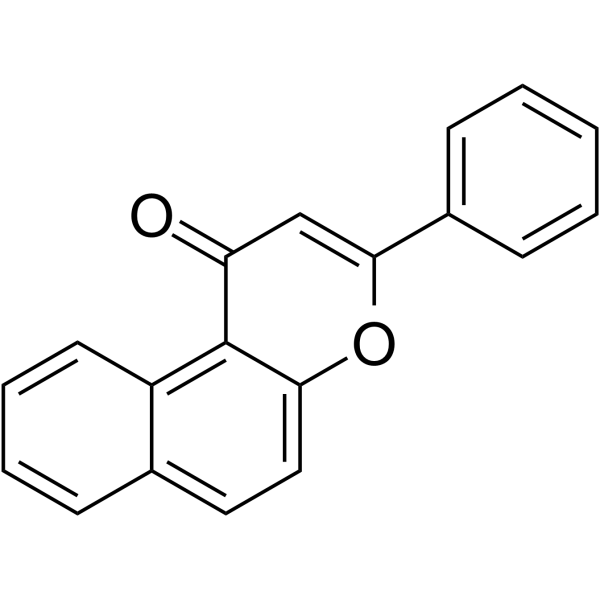

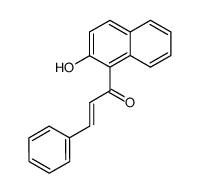 CAS#:40649-77-2
CAS#:40649-77-2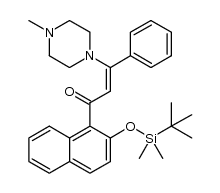 CAS#:1219684-05-5
CAS#:1219684-05-5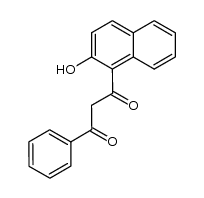 CAS#:58483-57-1
CAS#:58483-57-1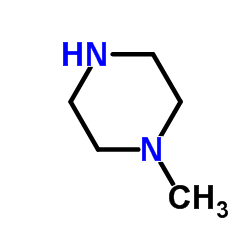 CAS#:109-01-3
CAS#:109-01-3 CAS#:1219684-00-0
CAS#:1219684-00-0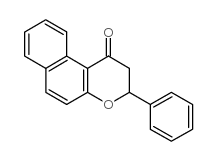 CAS#:2860-03-9
CAS#:2860-03-9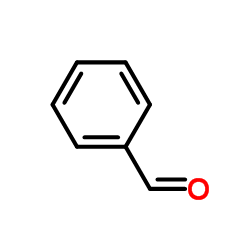 CAS#:100-52-7
CAS#:100-52-7 CAS#:574-19-6
CAS#:574-19-6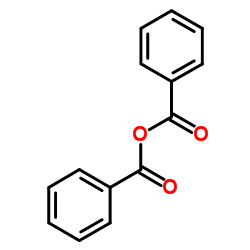 CAS#:93-97-0
CAS#:93-97-0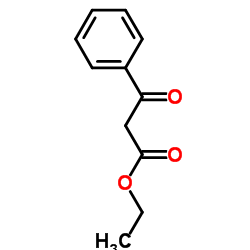 CAS#:94-02-0
CAS#:94-02-0